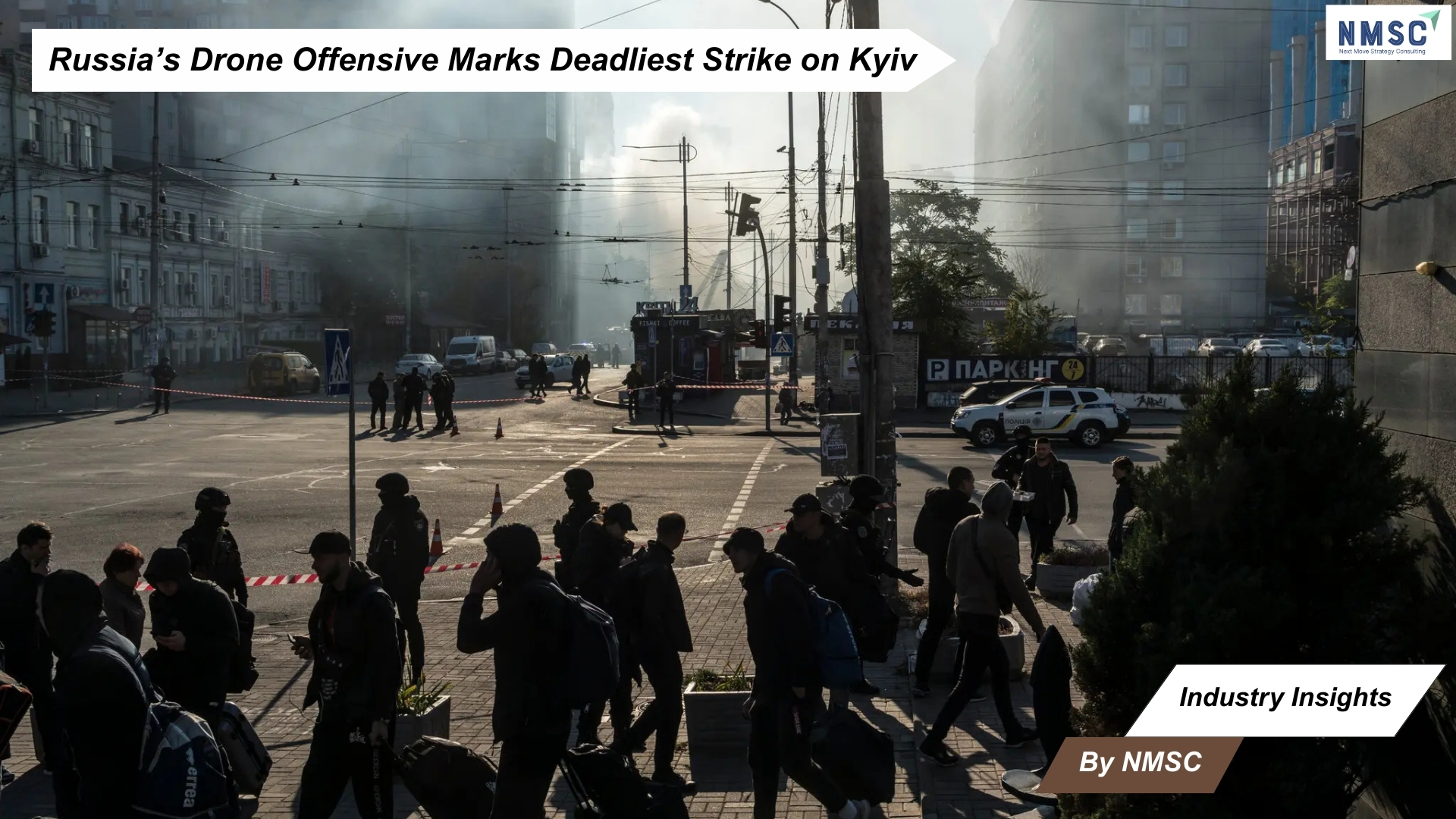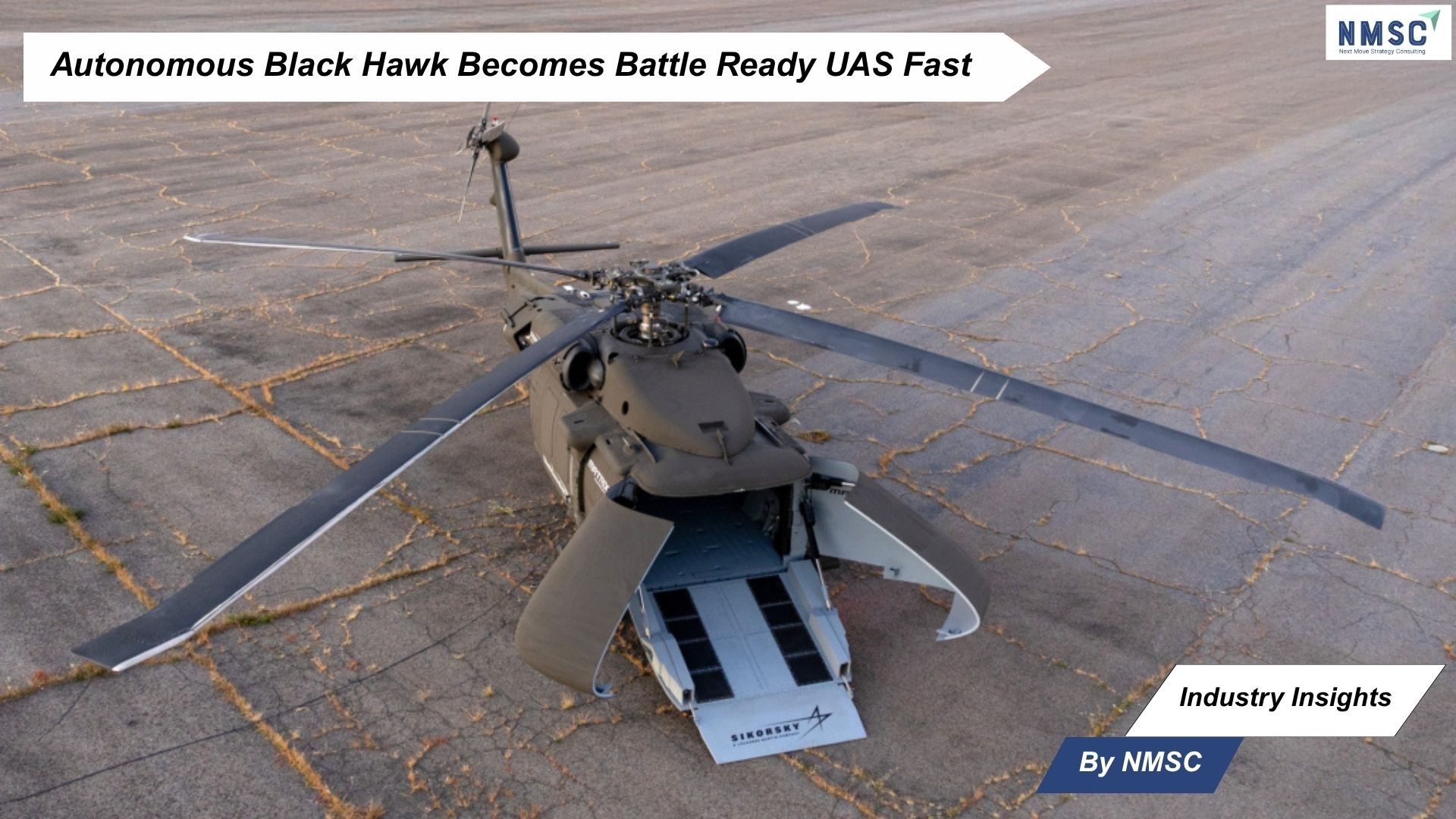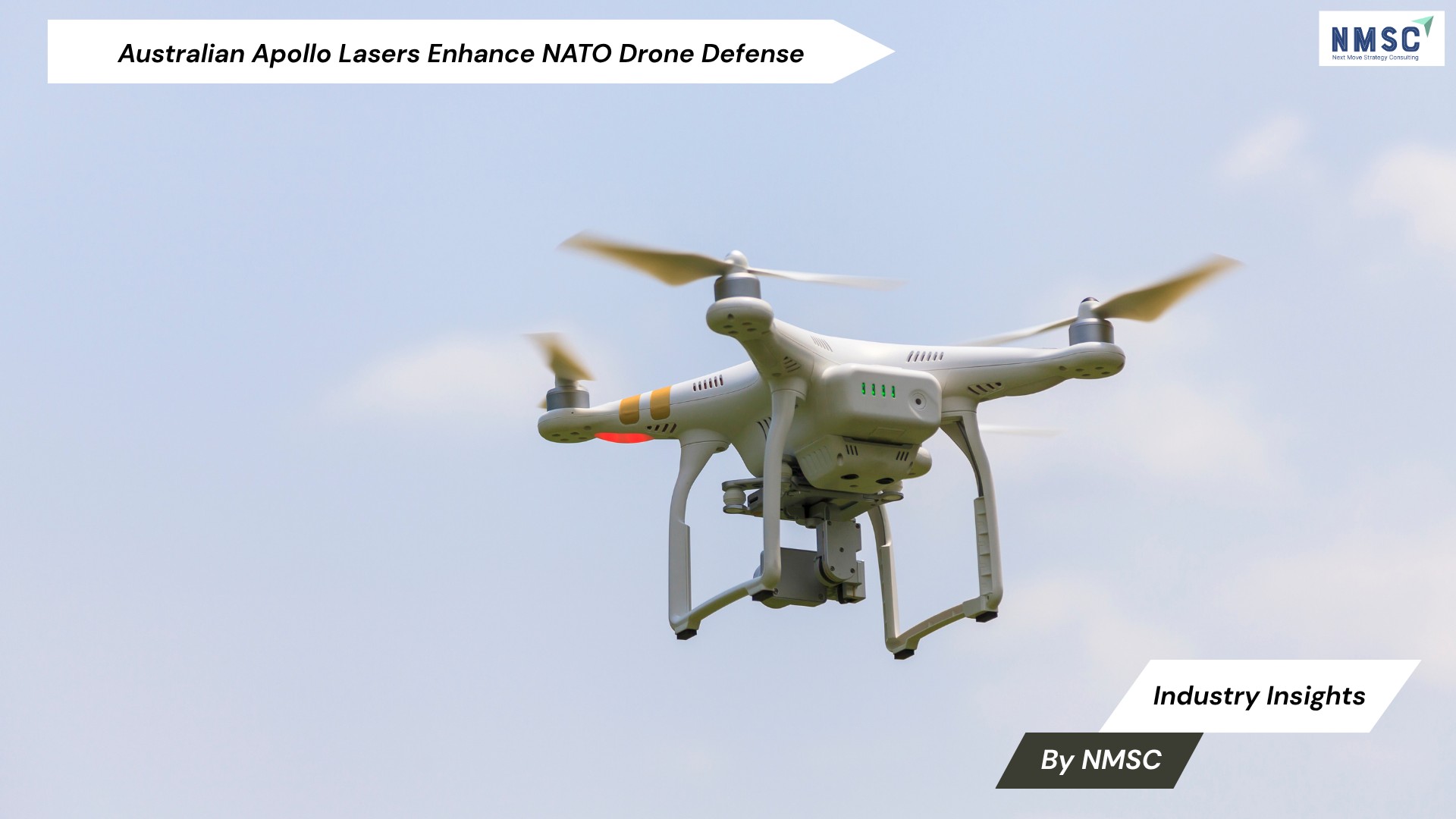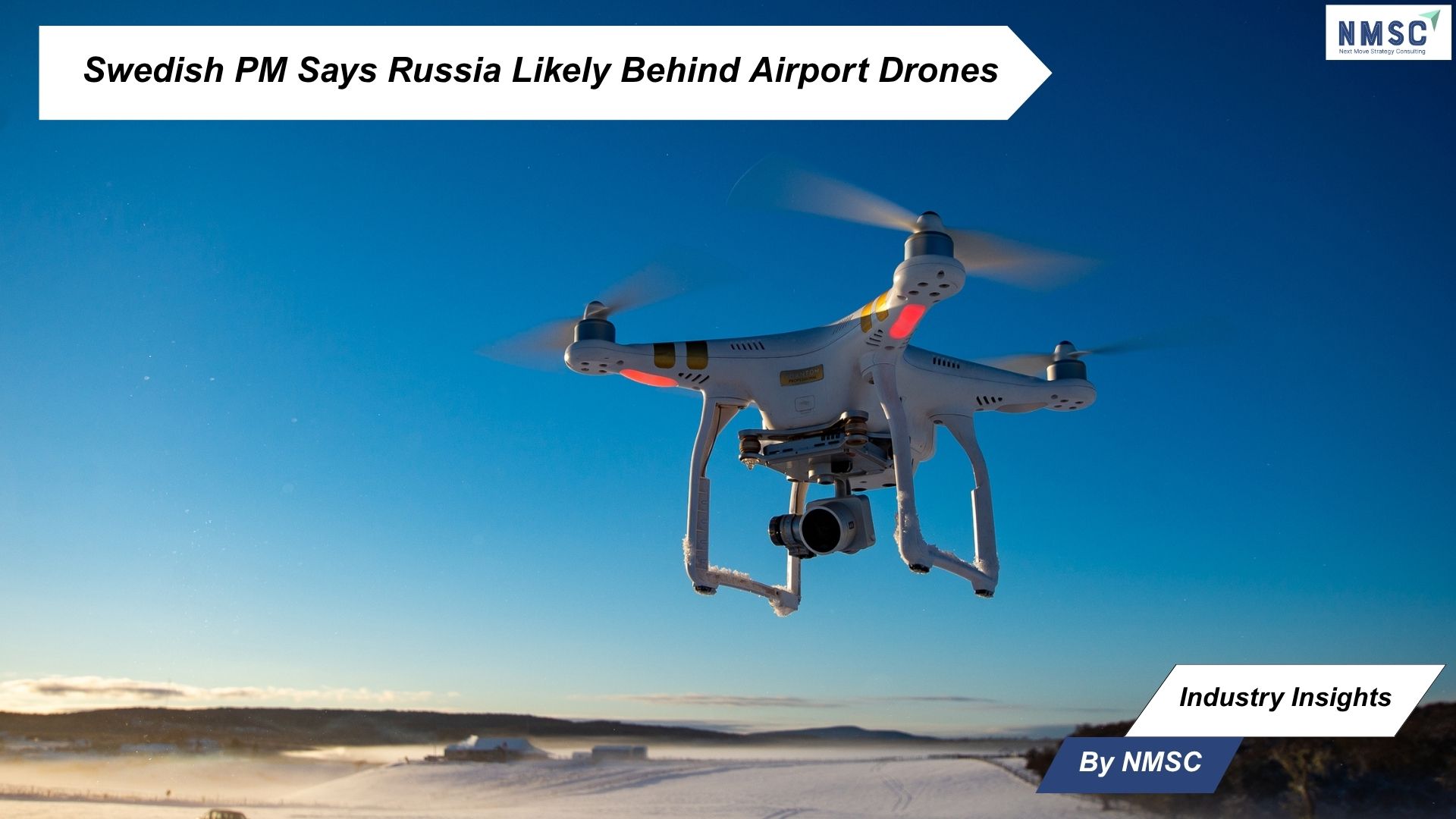Russia’s Drone Offensive Marks Deadliest Strike on Kyiv
Published: 2025-09-09

Industry Insights from Next Move Strategy Consulting
In a dramatic escalation of its ongoing offensive, Russia launched its largest air assault on Ukraine to date, deploying hundreds of drones and missiles that devastated multiple cities, struck a government building in Kyiv for the first time, and claimed the lives of at least three civilians — including a mother and her baby. The attack triggered widespread fires, injuries, and international condemnation, alongside renewed discussions of expanded sanctions against Moscow.
A New Level of Escalation in Drone Warfare
Authorities reported that Russia fired 805 combat drones, nine Iskander-K cruise missiles, and four Iskander-M ballistic missiles in the coordinated barrage. Ukrainian defenses intercepted 747 drones and four cruise missiles, yet the remaining strikes inflicted significant damage.
Elsewhere, explosions rocked Odesa, Kharkiv, Dnipro, Zaporizhzhia, and Kryvyi Rih, while debris from intercepted drones caused fires and structural collapses across residential districts.
Civilian Toll and International Outcry
Ukraine’s President Volodymyr Zelenskyy condemned the assault as “a deliberate crime and prolongation of the war”, urging a strong international response. He held talks with France’s President Emmanuel Macron to coordinate diplomatic countermeasures.
Global leaders echoed these sentiments. UK Prime Minister Keir Starmer labeled the strikes “cowardly,” asserting that they demonstrated Russia’s unwillingness to pursue peace.
In Washington, US Treasury Secretary Scott Bessent stated the administration was prepared to tighten economic pressure, while President Donald Trump indicated that a second stage of sanctions against Russia was under consideration. He has previously threatened penalties on countries purchasing Russian oil, though enforcement has been uneven.
Fires, Casualties, and Widespread Destruction
Emergency services battled blazes across Kyiv, with fires consuming a 16-storey apartment building and several other residential blocks.
Additional drone and missile debris caused extensive damage in Sviatoshynskyi, destroyed homes in Zaporizhzhia (injuring at least 15), and ignited fires in Odesa’s apartment complexes. In Sumy, one civilian was killed, while nearby villages reported injuries, including a nine-year-old child.
Counter strikes and Regional Fallout
Russian media claimed that a Ukrainian drone strike sparked a fire at the Ilsky oil refinery in Krasnodar, southern Russia. While the blaze was reportedly contained, the incident highlighted the growing reliance on drones as both offensive and retaliatory tools of modern warfare.
Strategic Implications on Drone Market
1. Acceleration of Defense Drone Demand
The scale of Russia’s assault — deploying over 800 drones in a single wave — demonstrates how UAVs are now core to modern military strategy. This is expected to accelerate defense procurement programs worldwide, as nations prioritize offensive drones capable of swarm tactics and long-range targeting.
2. Surge in Counter-Drone Technologies
Ukraine’s ability to intercept the majority of incoming drones highlights both the importance and limitations of existing air defense systems. This will stimulate investment in advanced counter-UAV technologies such as AI-driven detection, electronic jamming, and autonomous interception drones.
3. Regional Market Shifts
European countries, directly exposed to the Ukraine conflict, are likely to expand defense budgets and fast-track drone-related acquisitions. The U.S. and NATO allies will continue reinforcing supply chains for drones and anti-drone systems, creating strong growth opportunities for Western defense contractors.
4. Regulatory and Export Control Implications
The extensive use of drones in conflict zones will trigger stricter export regulations and compliance frameworks for dual-use drone technologies. Civilian and commercial drone makers may face tighter controls, though this also pushes innovation toward secure and regulation-compliant designs.
5. Long-Term Market Outlook
This event reinforces drones as a strategic growth driver in the global defense market. The dual rise of UAVs and counter-UAVs will form a competitive ecosystem, projected to attract increased R&D funding, cross-border defense collaborations, and higher CAGR growth in the drone sector over the next decade.
In summary, this news illustrates a turning point where drones are no longer tactical supplements but strategic weapons systems, pushing governments, industries, and regulators to reshape the drone market around both expansion and control.
Source: The Guardian
Prepared by: Next Move Strategy Consulting
About the Author
 Pritish Braman is a Digital Marketing Executive with over a year of experience, specializing in content writing and online engagement. He enjoys creating clear, impactful content that connects with readers while also applying marketing strategies to reach wider audiences.
Pritish Braman is a Digital Marketing Executive with over a year of experience, specializing in content writing and online engagement. He enjoys creating clear, impactful content that connects with readers while also applying marketing strategies to reach wider audiences.
About the Reviewer
 Sanyukta Deb is a skilled Content Writer and Digital Marketing Team Leader, specializing in online visibility strategies and data-driven campaigns. She excels at creating audience-focused content that boosts brand presence and engagement, while also pursuing creative projects and design interests.
Sanyukta Deb is a skilled Content Writer and Digital Marketing Team Leader, specializing in online visibility strategies and data-driven campaigns. She excels at creating audience-focused content that boosts brand presence and engagement, while also pursuing creative projects and design interests.
















Add Comment